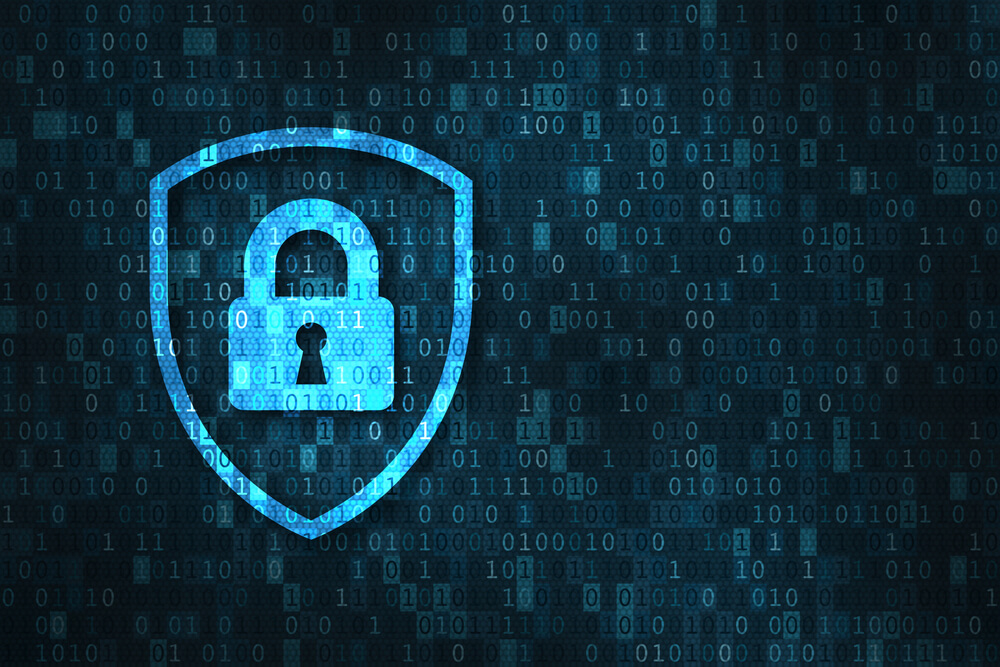Technology sparks changes in society, which brings changes in law, which can affect technology use and innovation. Privacy law in U.S. law provides a good demonstration of this technology, society, and law cycle. Recognition of a need for a right to privacy didn’t occur until December 15, 1890, when Samuel Warren and Louis Brandeis published “The Right to Privacy” in the Harvard Law Review. Warren and Brandeis felt a need to develop this new right because of the prevalence of a new technology: inexpensive cameras. Cameras, particularly in the hands of the press, allowed for “unauthorized circulation of portraits of private persons.” We now have laws that regulate how and where cameras are used.
Financial vs. Mental
The Internet has given rise to a new collection of privacy concerns that we have yet to resolve. The difficulty in resolving the non–4th Amendment (government intrusion) privacy issues that arise with technology may not be because of what the technology creates but how we view privacy. Current legal solutions—such as the California Consumer Privacy Act of 2018 (effective January 1, 2020), which in itself is based in part on the European General Data Protection Regulation which went into effect May 25, 2018,—focus on controlling data. This approach lumps together the financial harm that arises from identity theft with the mental harm that arises from privacy intrusion.
Confusing these two types of harm adds to the confusion that technology innovators may face regarding what data should be considered private. This, in turn, can negatively impact technical innovation as new innovations may create new types of data with uncertain legal implications. This negative impact could be lessened if intrusion-of-privacy concerns were decoupled from identity-theft concerns. That is, privacy should be less about data collection, storage and use and more about the tort of privacy intrusion. This is not to say that data protection isn’t important—particularly with regard to the financial impacts of identity theft—but rather that regulating data to limit privacy intrusion harm is akin to regulating how high someone can raise their arm while trying to protect against assault. (Assault, in a legal sense, is intentionally acting to cause the reasonable apprehension of an immediate harmful or offensive contact. This is different from battery, which is the harmful or offensive contact itself.)
A problem with regulating data as a means to protect against privacy intrusion is that it’s not always apparent that the data technology raises privacy implications. It isn’t likely that George Eastman considered the social impact of the Kodak camera’s ability to easily create and allow the sharing of a stranger’s image (“could he? should he?”). The many creators of the Internet couldn’t have reasonably foreseen what others might learn about us based on the apparently insignificant details of our Internet use scattered across the web, such as our IP address, websites visited, web pages visited, length of time spent on each web page, geographic location, what we post, and purchasing history—let alone the information we provide when we fill out forms.
Privacy Intrusion as Assault
Although the data you make available about yourself on the internet may not be apparent, what is apparent is what a privacy intrusion feels like to you. You feel vulnerable. To be vulnerable is to feel apprehension to mental harm, much as assault is the apprehension of physical harm.
Treating privacy intrusion like assault allows for the mental harm of privacy intrusion to be separated from the financial harm arising from identity theft. Separating these two types of harm results in more than just redress for the victims. It also allows the innovator to consider separately the identity theft and privacy intrusions that may arise in the implementation of the innovation rather than have to consider the legal implications in having identity theft and privacy intrusion lumped together. For example, online camera applications tend to have more privacy-intrusion risks whereas online payment applications tend to have more identity-theft risks. Clarity in the law helps the innovator identify the legal risks.
Renewed Focus
The cycle of technology impacting society, causing changes in the law, which then regulates technology is spinning faster than ever as a culture that favors innovation and disruption creates more technology faster than ever before. The right to privacy—one of the early U.S. legal creations to come from a new technology—is receiving a renewed focus. An intrusion of privacy, however, isn’t the same thing as identity theft. Lumping them together in the law helps neither the victim nor the innovator.
At CableLabs and Kyrio, we think about the social and legal impacts of innovation. We also create and bring to market technologies that enhance protections against identity theft and privacy intrusion.
Subscribe to our blog to learn more about law and innovation in the future.
